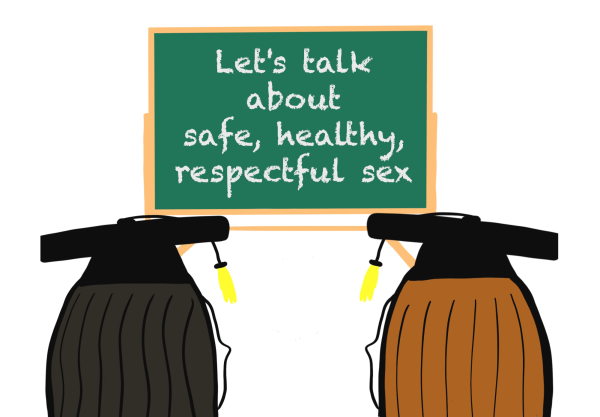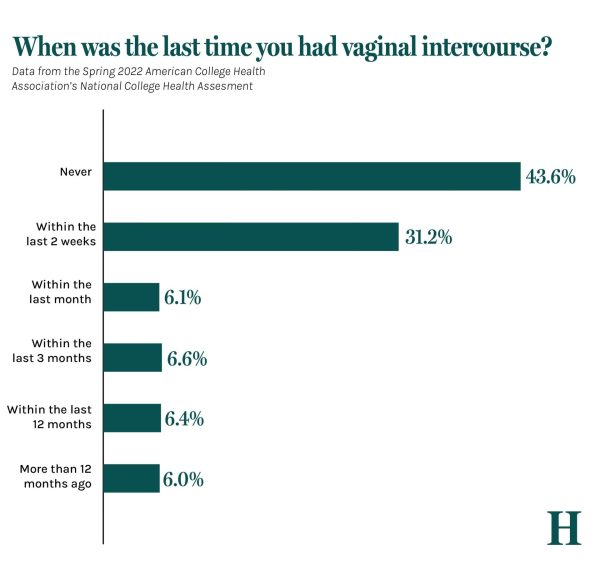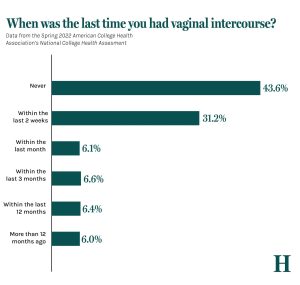New research pleads for greater environmental protection
April 6, 2016
This is an opinion article and does not necessarily reflect the views of The Tulane Hullabaloo.
As a city arguably already underwater, New Orleans doesn’t have much leeway to give when it comes to climate change. New studies report that when the melting of Greenland and Antarctica’s glaciers is accounted for, the sea level could rise at more than double the previously predicted rate by the year 2100. Just to put into perspective how drastic this rise would be without a reduction in greenhouse gas emissions, Director of Climate Central Ben Strauss predicted the 22nd century to be the “Century of Hell.”
“There would really be an unthinkable level of sea rise,” Strauss said. “It would erase many major cities and some nations from the map.”
This is no small problem. For starters, New Orleans would have to be completely surrounded by levees, turning the Big Easy into an island. Outside of the United States, this sea level rise would affect countries such as Bangladesh and could greatly diminish the size of Antarctica. These now-doubled predictions indicate that, on a global level, society has not been doing its part in terms of reducing emissions.
Of course, all new discoveries are met with some criticism. But even when taking a moderate approach to the glacier melting epidemic, the sea level is predicted to rise around two feet by 2100. Not only are surface-level glaciers melting from increasingly warm temperatures, but deeper layers of ice are introduced to this warm water as well. This causes them to melt and expose more ice to the warm water, resulting in an increasingly larger melt.
Submerging the country’s coastal cities in water is obviously awful in and of itself. Economic consequences, however, provide further incentive for change. Louisiana itself is responsible for half of the oil refineries in the United States, plus a majority of offshore energy sites. Not only does the erosion of land pose threats for international and national economies, but local economies are also hurt by it. Wetlands that were prime for fishing and fields for livestock seem to be disappearing amid the ongoing environmental crisis due to extreme levels of carbon emissions.
As if destroying local economies isn’t enough, the rising sea level has changed history; as of 2014, 31 bodies of water and other water structures were removed from National Oceanic and Atmospheric Administration (NOAA) maps. Though restoration projects are ongoing, it makes more sense to try to prevent these consequences than to fix them after the fact. Talks in Paris last year provided world leaders with a platform to identify greenhouse gas emissions as a key environmental issue and goals to lower the global temperature. If the rising sea level is really to be stopped, our global society needs to lessen its emissions in order to protect land, economy and history.
Emily is a freshman at Newcomb-Tulane College. She can be reached at [email protected].























Leave a Comment